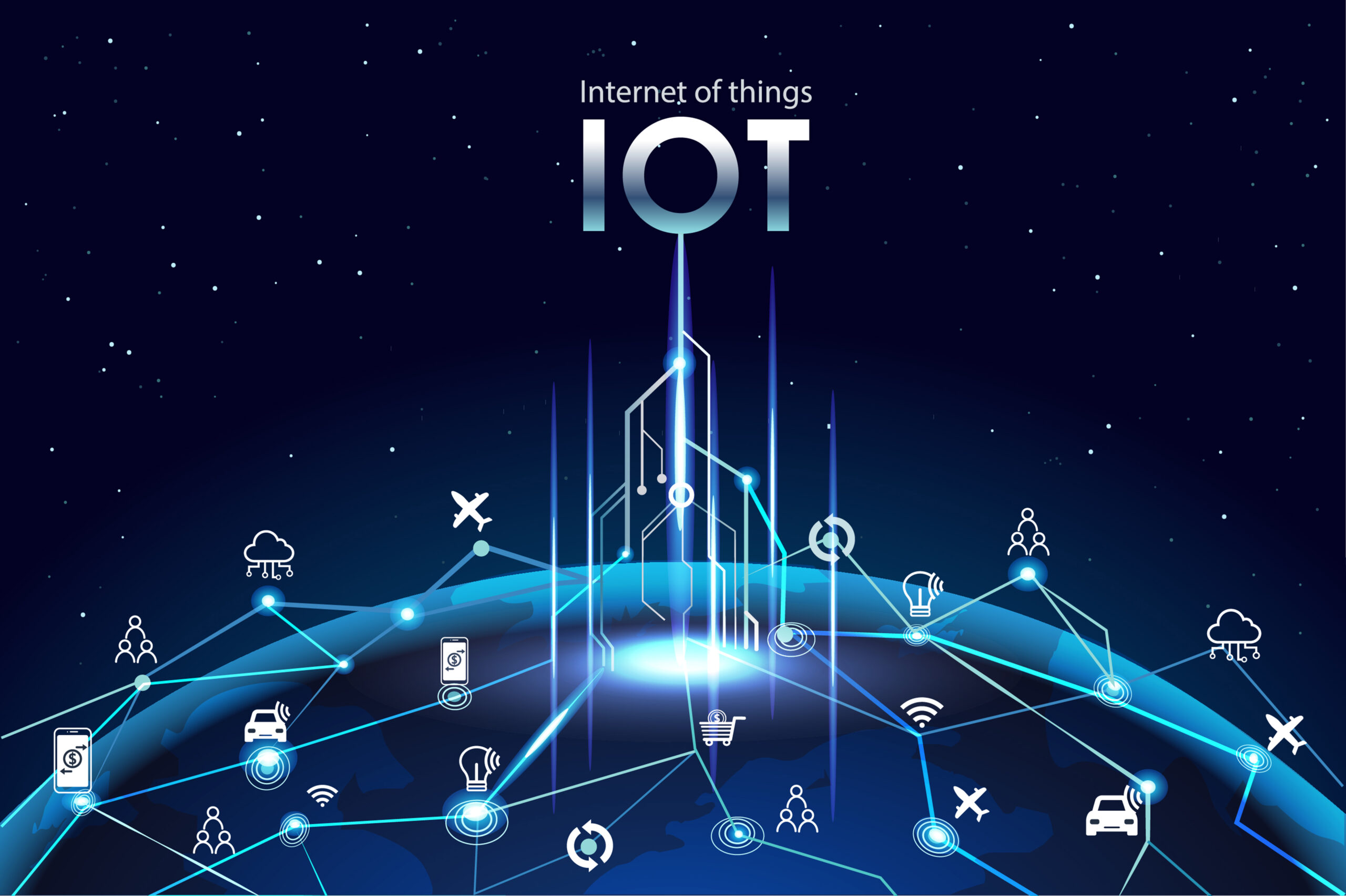
Nearly zero-emission building (NZEB) means a building that
The European Union and the United States of America have set in motion a plan to have buildings transformed to nearly zero-emission, what does mean for developers and property owners? Well it means that the adoption of low energy consuming technologies is no longer a luxury but a requirement and a necessity. The respective governments have set different goals and time frames but the end result is the same, to move away from fossil fuels and to sustain our economies and infrastructure through the use of green energy. In order to achieve this goal in the most efficient way we need to introduce technologies that reduce the consumption of energy. There is no magic pill to solve this power problem but through the use of multiple technologies in combination with a robust building management system the goal of near zero emissions is not out of reach. We will discuss these technologies further in this article in order to help guide you in your journey to Nearly zero-emission building.
PoE Led lighting at 35% of a buildings overall energy consumption lighting is at the top of the list. When discussing the topic of energy reduction PoE lighting is at the top of the list. At the top of that list is Luminetworx™ PoE lighting uses significantly less energy than conventional lighting and with their PoE LED lighting system, the cost of ownership is even lower. When integrated with the lighting controls motion sensors, daylight harvesting, scheduling and scenes energy use and efficiency can be maximized to provide the lowest operating cost possible.
Luminetworx™ drivers are available in single and five channel models, the five channel can provide RGBW or color tuning. The single channel delivers a single color to any lighting environment for use in basic installations like parking garages or warehouses. Each channel on the multi-channel unit can be controlled to provide customized lighting atmospheres to suit any situation. Whether you desire to have the mood of a room changed by adjusting the color temperature or you want to create a brighter environment, the ability is yours to change on the fly or automatically based on pre-set scenes.
Lighting environments can now be managed and adjusted by integrated room sensors or through cloud based management software that provides the ability to change colors, brightness, color temperature, etc. In addition to controlling the lighting environment, the control software also provides the ability to gain system analytics on any device or on the entire system. But PoE Lighting is much more than just energy efficient it is also environmentally friendly require far less resources to manufacture and causing less harm to the environment. According to Cisco the use of PoE lighting further reduces the strain on the planet by eliminating required materials required to build the product and subsequently reducing Co2 emissions.
provides the ability to change colors, brightness, color temperature, etc. In addition to controlling the lighting environment, the control software also provides the ability to gain system analytics on any device or on the entire system. But PoE Lighting is much more than just energy efficient it is also environmentally friendly require far less resources to manufacture and causing less harm to the environment. According to Cisco the use of PoE lighting further reduces the strain on the planet by eliminating required materials required to build the product and subsequently reducing Co2 emissions.
HVAC systems and controls, the next giant on the list. HVAC systems make up 40% of a buildings energy consumption so naturally we have to dive into HVAC automation and controls. Having the proper HVAC automation controls system in place can generate significant energy and cost savings for building/property owners. More importantly, HVAC controls are responsible for the comfort and health of a building’s occupants as it provides temperature control, fresh air circulation, and filtration.
Olympus™ HVAC controls are the backbone of large building automation systems, specifically made to meet the challenges of today’s largest and most demanding facilities. Some of the unique features of our HVAC controls include:
» Cloud Based Control System
» Full system automation
» Integrated Thermostat
» Integrated Temperature and Humidity Sensors
» Fresh air venting automation
» Multi zone configuration
Sub-metering, the next item on the list to achieving a Nearly zero-emission building. But what is it? It is the ability to monitor the energy usage of the individual space, apartment, office, etc. Why is sub-metering so important? Sub-metering allows you to detect energy leaks throughout your facility. With this data and the Olympus™ B.A.S we can not only eliminate energy leakage but but optimize the use of the equipment and the space. Through the use of Olympus™ sub-metering module we can configure the system to operate at the device level, for example by using our intelligent outlets we are able to monitor and manage any device plugged into the power outlet. On a broader scale we can setup sub-meters for water, gas and power at the room or office level. With Olympus™ the flexibility is available for however you would like to use it.
A Nearly zero-emission building building although a daunting task it is not an impossible one. With the use of innovative technologies it is a very achievable goal at any level.
To find out more and to see how Olympus can help you meet these goals contact us for more information.